Simulation of the continuous casting process to determine residual stresses and deformations
The simulation of the continuous casting process is intended to provide a deeper understanding of the continuous casting process. Especially the modeling of the cooling process and its effect on the growing ingot are of crucial importance. Due to the hot melt, which is continuously cast into ingots, the experimental analysis of the casting process is only possible with a great deal of effort and by means of complex measurement setups at specific points.
Owing to the continuously growing ingot and its solidification under consideration of different cooling strategies, however, numerical methods are also confronted with a great challenge.
Finite element methods are very well suited for the calculation of strain and stress fields, but in contrast to finite volume methods, they can only represent growing calculation systems with difficulty. In order to still be able to realize the continuous casting simulation, a continuous casting model was developed on the basis of the FEM solver LS-DYNA at the LKR. Within the finite element method, the process is represented by a growing computational mesh from the initial filling process via the transient starting process to the steady state.
Horizontal as well as vertical continuous casting processes are represented by an in-house developed simulation environment. By means of simple config files, the casting recipe can be controlled from the filling of the starting head to the end of the casting process.
With the help of this process simulation, statements about deformation, internal strain and residual stress distribution at the end of the process can be made.
Transient simulation of the model for the horizontal continuous casting (left) and time-lapse recording of the test (right).

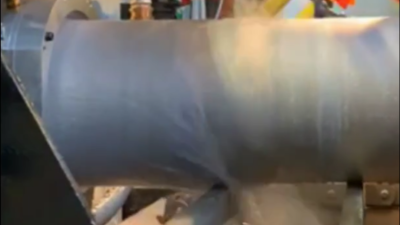
Simulation model of the horizontal continuous casting setup (left) and experimental setup (right).



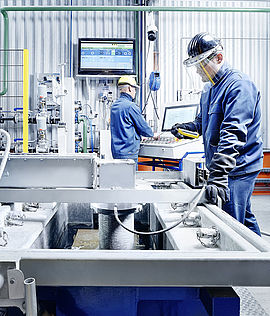
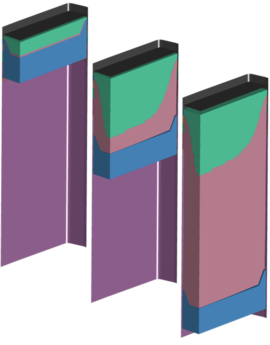
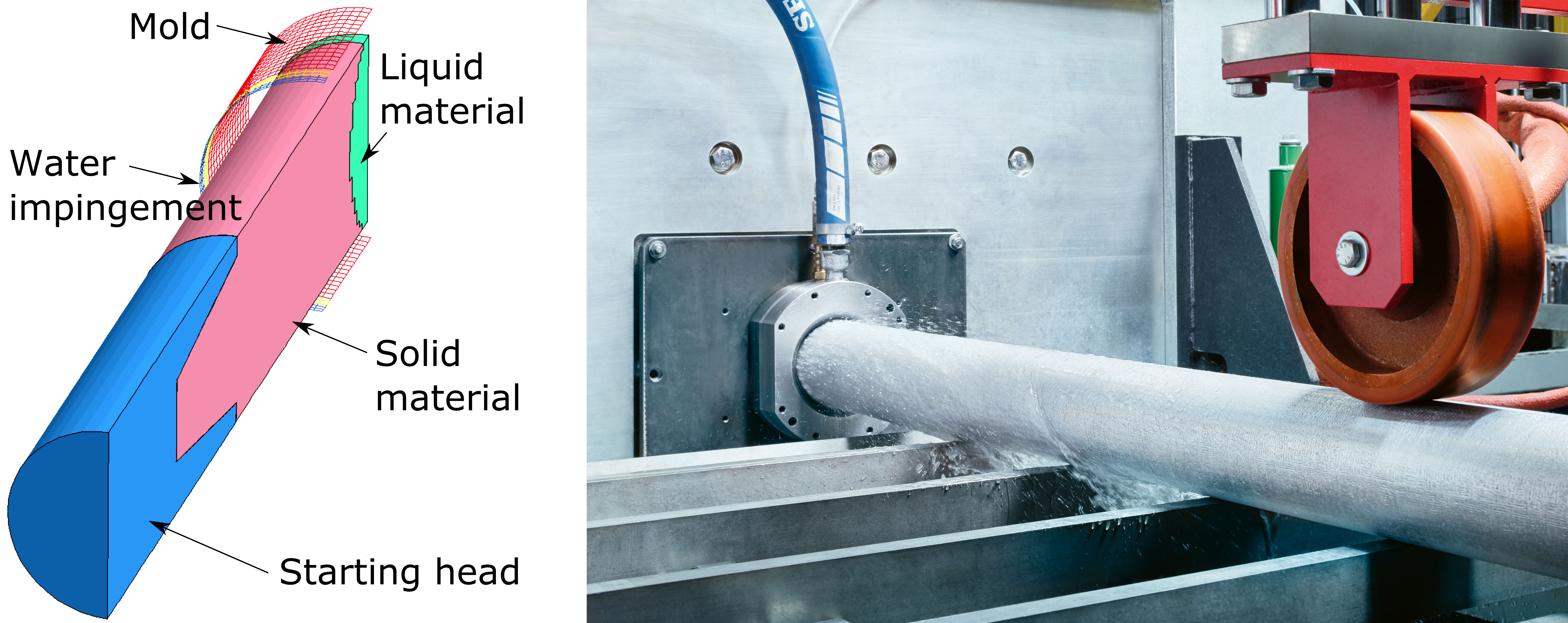
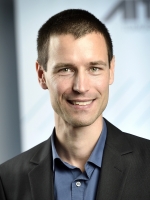
![[Translate to English:] LKR Standort](/fileadmin/_processed_/2/8/csm_AIT_LKR_Standort_4fe61c1df0.jpg)